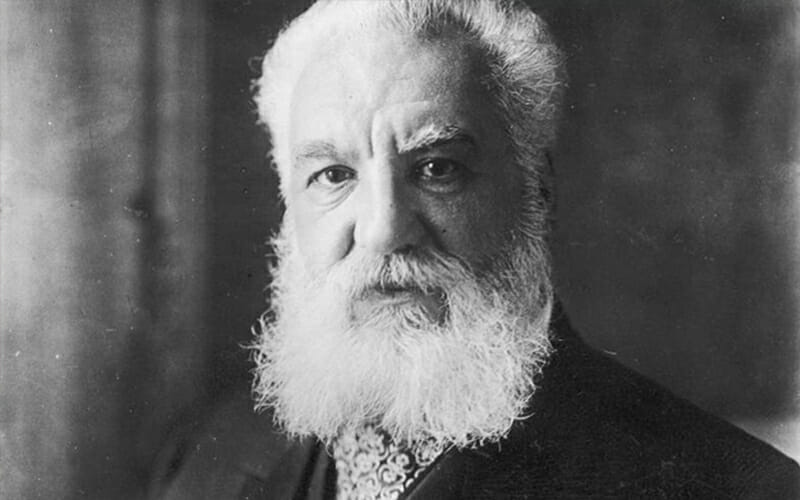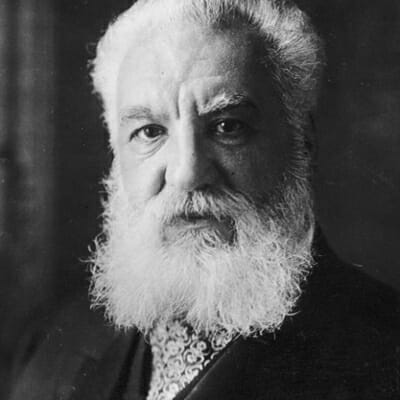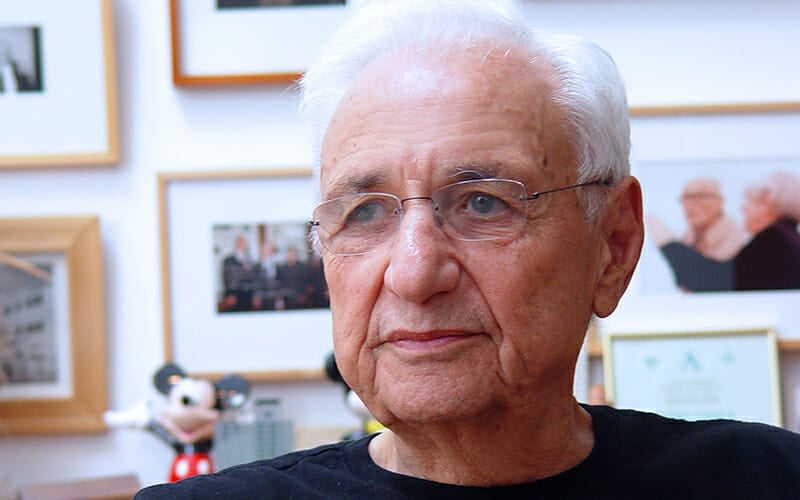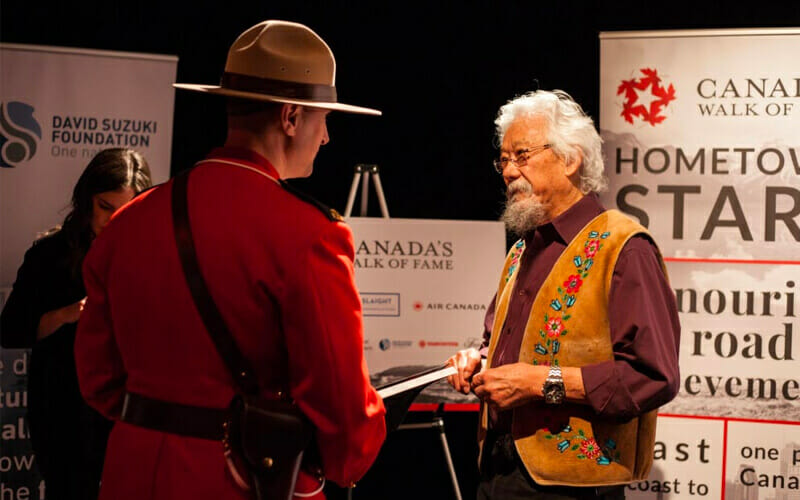After studying at the University of Edinburgh and University College, London, England, Bell became his father’s assistant. He taught the deaf to talk by adopting his father’s system of visible speech (illustrations of speaking positions of the lips and tongue).
In 1870 his parents, in search of a healthier climate, convinced him to move with them to Brantford, Ontario, Canada.
To help deaf children, Bell experimented in the summer of 1874 with a human ear and attached bones, magnets, smoked glass, and other things. He conceived the theory of the telephone: that an electric current can be made to change its force just as the pressure of air varies during sound production. That same year he invented a telegraph that could send several messages at once over one wire, as well as a telephonic-telegraphic receiver.
Bell supplied the ideas; Thomas Watson created the equipment. Working with tuned reeds and magnets to make a receiving instrument and sender work together, they transmitted a musical note on June 2, 1875. Bell’s telephone receiver and transmitter were identical: a thin disk in front of an electromagnet (a magnet created by an electric current).
On February 14, 1876, Bell’s attorney filed for a patent, or a document guaranteeing a person the right to make and sell an invention for a set number of years. The exact hour was not recorded, but on that same day, Elisha Gray (1835–1901) filed his caveat (intention to invent) for the telephone. The U.S. Patent Office granted Bell the patent for the “electric speaking telephone” on March 7. It was the most valuable single patent ever issued. It opened a new age in communications technology.
The first two-way outdoor conversation was between Boston and Cambridge, Massachusetts, by Bell and Watson on October 9, 1876. In 1877 the first telephone was installed in a private home; a conversation took place between Boston and New York using telegraph lines; in May the first switchboard (a central machine used to connect different telephone lines), devised by E. T. Holmes in Boston, was a burglar alarm connecting five banks; and in July the first organization to make the telephone a commercial venture, the Bell Telephone Company, was formed. That year, while on his honeymoon, Bell introduced the telephone to England and France.
The first commercial switchboard was set up in New Haven, Connecticut, in 1878, the same year Bell’s New England Telephone Company was organized. Charles Scribner improved switchboards, with more than five hundred inventions. Thomas Cornish, a Philadelphia electrician, had a switchboard for eight customers and published a one-page telephone directory in 1878.
The Bell Company built the first long-distance line in 1884, connecting Boston and New York. Bell and others organized The American Telephone and Telegraph Company in 1885 to operate other long-distance lines. By 1889 there were 11,000 miles of underground wires in New York City.





